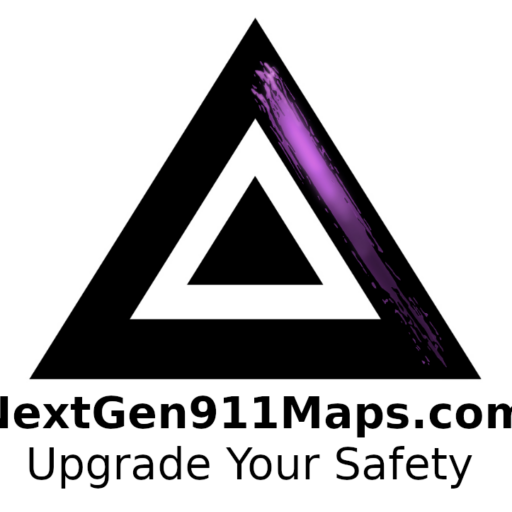
The Complexity of 3D Building Models
Creating and utilizing 3D building models for indoor maps presents several challenges. These models require intricate details, including room layouts, floor numbers, and interior structures. Maintaining accuracy in these models is complex due to the dynamic nature of building modifications and the need for constant updates.
Usable Information for Indoor Maps
To effectively use indoor maps for emergency response, key information includes:
– Room boundaries
– Floor numbers
– Critical infrastructure (e.g., stairwells, elevators, emergency exits)
Wireless Call Data and Z-Axis Challenges
Wireless calls and GPS data provide critical location information, but their accuracy can be limited, especially indoors. GPS signals can struggle to penetrate building materials, leading to less precise location data. The Z-axis, which indicates vertical position (e.g., floor level), is particularly challenging to determine accurately.
Relating to the NENA Data Model
The NENA Standard for NG9-1-1 GIS Data Model specifies the inclusion of indoor mapping elements, such as:
– Structure points
– Address points
– Building footprints
These elements must be carefully integrated with the less precise data from wireless calls to ensure effective emergency response. Despite the inherent limitations of GPS in indoor environments, the structured data model aims to provide a reliable framework for integrating and interpreting this information.
While 3D building models and GPS data each have their challenges, combining these with standardized data models like those from NENA can significantly improve the accuracy and usability of indoor maps for emergency situations. Continued advancements in technology and data integration practices are essential for overcoming these hurdles and enhancing public safety.
